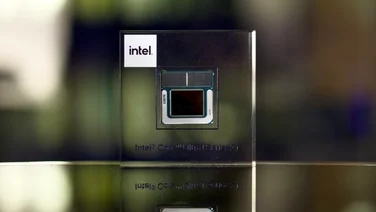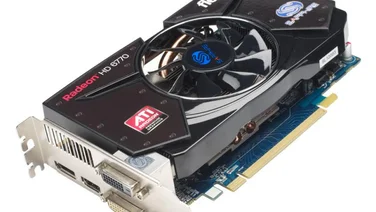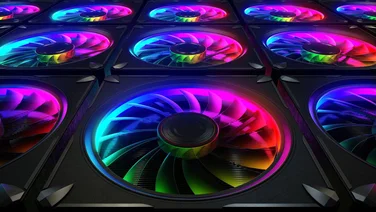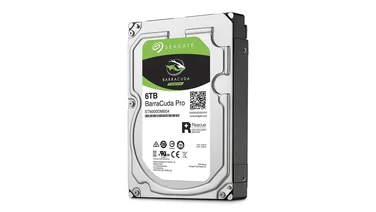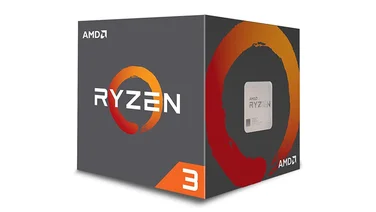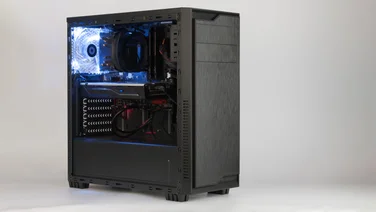To help us provide you with free impartial advice, we may earn a commission if you buy through links on our site. Learn more

It’s been a long time coming. According to the old “tick-tock” schedule, Intel’s mainstream CPUs were supposed to have moved onto a 10nm manufacturing process by mid-2016. But progress has been embarrassingly stalled and we’ve had to make do with repeated refreshes of the 14nm Skylake core in the interim.
Now, finally, Intel has confirmed some positive news about the move to 10nm processors, but if you were hoping to buy a new 10nm laptop for Christmas, I’m afraid you’ll have to be a bit more patient.
READ NEXT: Our guide to the best laptops money can buy
Intel Sunny Cove: What you need to know
On 11 December, at a technical event dubbed Architecture Day, Intel confirmed that it expected to have 10nm chips in mass production in “the second half of 2019”. The new 10nm platform is codenamed Sunny Cove, and the first chip design is dubbed Ice Lake – following on from the Kaby Lake (7th-generation) and Coffee Lake (8th and 9th-generation) cores.
Shrinking the size of the transistors on the silicon die allows the new chips to run at higher speeds while consuming less power and generating less heat. This means that the coming generation of laptops can be more powerful than today’s while remaining just as thin and light. It may also make a modest difference to battery life, although the brightness and size of the screen are likely to be more of a factor.
Interestingly, though, it appears that Sunny Cove chips might not be built entirely on 10nm technology. The key focus of Architecture Day was a new modular chip-building technology called Foveros, which allows Intel to assemble future CPUs out of multiple “chiplets” of logic – potentially using different process sizes. This should help accelerate the availability of newer, better chips, while slashing costs.
Intel Sunny Cove: Features and design
With the first Sunny Cove processors at least six months away, Intel hasn’t yet revealed much. However, it’s confirmed that the new 10nm range will include both Xeon and Core-branded processors, so both high-end workstations and consumer laptops and desktops can expect a boost. The technology is also expected to find its way into data centre servers, which makes sense as even a small improvement in performance-per-watt can translate to vast cost savings in this area.
It’s a good bet that Intel will additionally produce a new family of 10nm chips for smartphones, tablets and other mobile devices. So far, ARM chips have had this market largely sewn up, but the lower power demands of 10nm chips will help Intel compete.
As well as more efficient CPU functions, Sunny Cove will likely see the debut of Intel’s next-generation integrated GPU. The past few chip generations have seen a handful of welcome new features arrive – including hardware decoding of HEVC and VP9 video streams – but the graphics core has remained fundamentally the same. Now, the company’s 11th-generation GPU promises to “break the teraFLOPS barrier”, which implies it’ll be more than twice as fast as the UHD Graphics 620 and 630 processors found in most current consumer chips.
Intel Sunny Cove: Introducing Foveros
Intel’s Foveros technology might get its first outing in Sunny Cove, but the idea promises to be much bigger and longer-lasting than any single generation of chips. Simply put, Foveros allows Intel to manufacture the various parts of a CPU individually, and physically stack them together to form a functioning processor.
The implications are huge. A big part of the problem with the move to 10nm manufacturing has been to do with yield – that is, getting the failure rate of the process down to economically viable levels. With Foveros, only the parts of the chip intended to run at ludicrous speed – primarily the CPU cores – need to be manufactured at the 10nm scale, while other parts can use tried and tested 14nm silicon.
This should allow Intel to produce faster, more efficient CPUs without having to tool up a completely new manufacturing process for each one. Turnaround should be much quicker and the overall failure rate – and hence costs – should be much lower.

Intel Sunny Cove: Intel’s “six pillars”
Foveros represents a much more sophisticated approach than Intel’s old “tick-tock” model, which involved reducing the size of every single transistor on the chip by around 40% every other year, whether it needed it or not. It allows Intel to take a much more focused approach to evolving future generations of its chips.
Specifically, Intel has identified six technological “pillars”, any of which – in isolation or in combination – can drive the development of a new product. Officially, the list begins with manufacturing process, then moves on to architecture, memory, security, chip communication interconnect, and software.
To an extent, this merely codifies what Intel has already been doing in its past few generations of consumer CPUs, creating new chips without changing the manufacturing process or core architecture. Those offerings have all felt slightly apologetic, though, with the subtext being that these weren’t the chips Intel really wanted to be making at this point.
Now, the “six pillars” approach allows Intel to design products that positively embrace specific, targeted enhancements. “Moore’s law is about more than transistors alone, with the combination of transistors, architectural research, connectivity advancements, faster memory systems, and software working together to drive it forward,” explained Raja Koduri, Intel’s senior vice president of Core and Visual Computing, at the Architecture Day event. And the Foveros model should make it far easier to implement them, since one aspect of a chip can be developed without the rest needing to be touched at all.
Intel Sunny Cove: Early verdict
Let’s be honest: in the past few years, Intel appears to have lost its way somewhat. It’s been falling further and further behind its original CPU roadmap and – for the first time in a decade – it’s had to respond to tough competition from AMD, in the shape of the latter’s aggressively priced Ryzen processors.
Foveros could well be the magic ingredient that restores Intel’s confidence. A modular approach to chip development, coupled with a flexible conception of progress, allows Intel to act more nimbly and deliver more reliably on its plans. Obviously, it’s far too early to say anything concrete about Sunny Cove, and the era of modular 10nm processors it will usher in. But if all goes according to plan, 2019 has a good chance of being remembered as the year that Intel got its mojo back.

